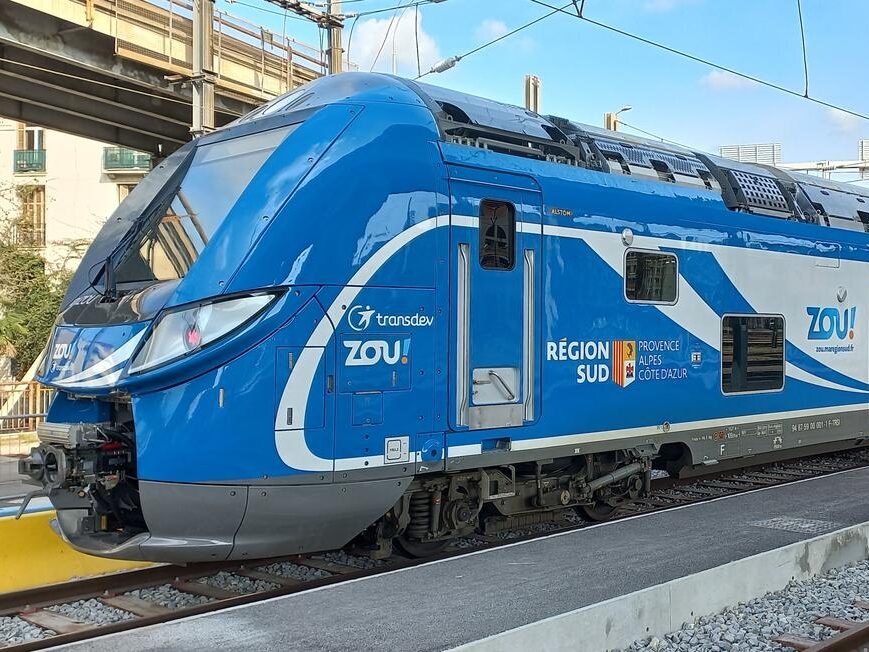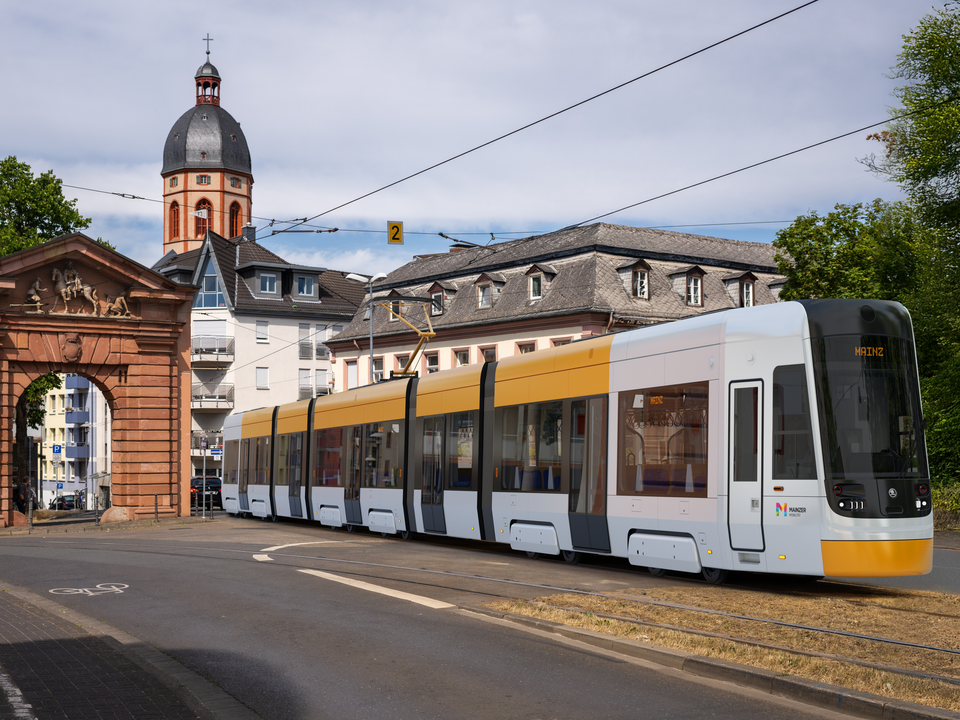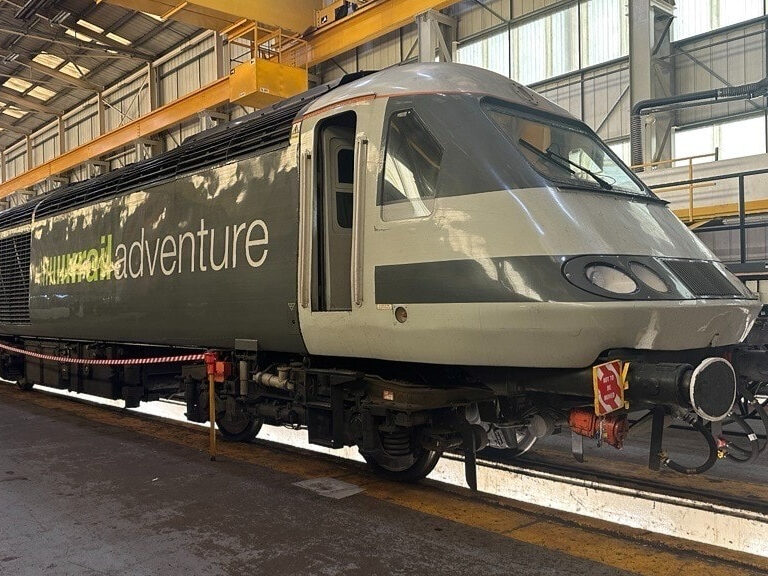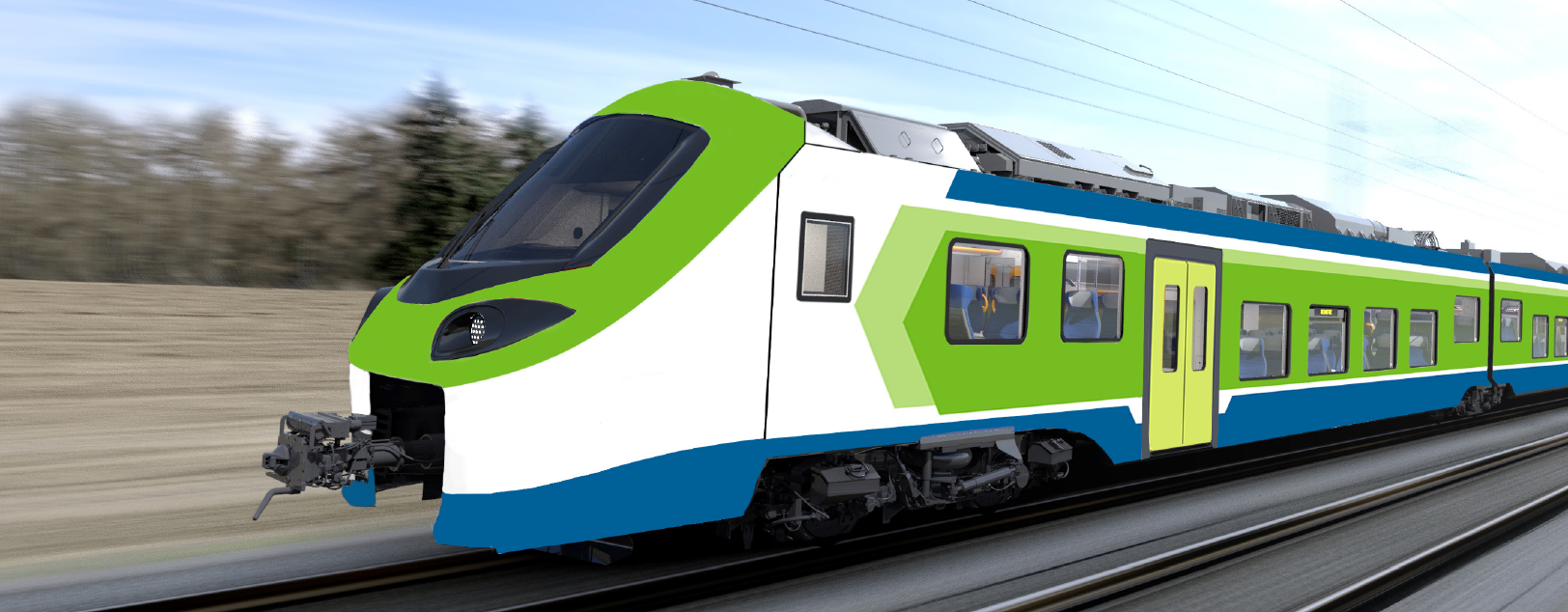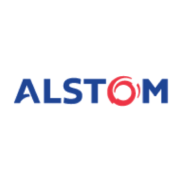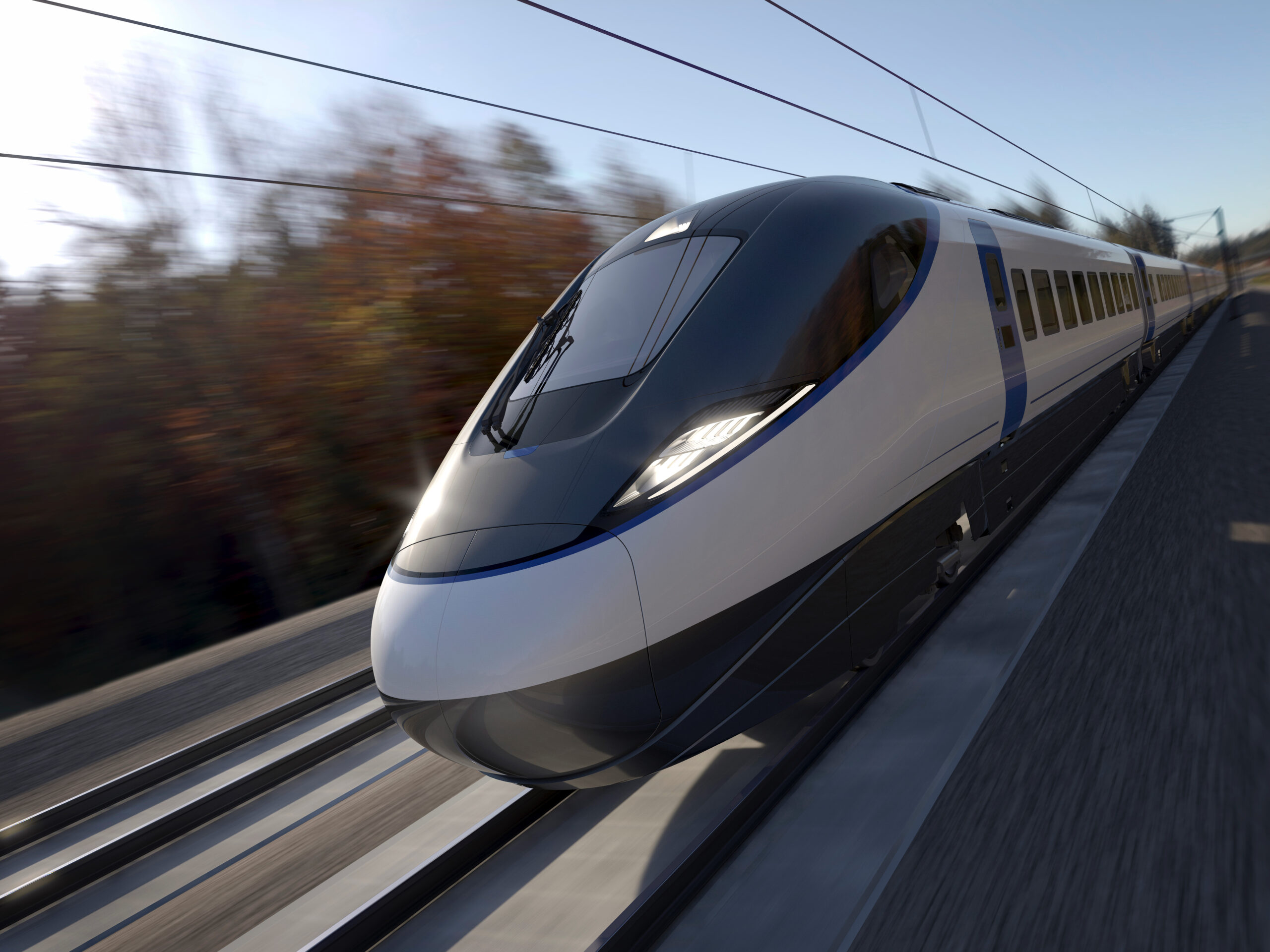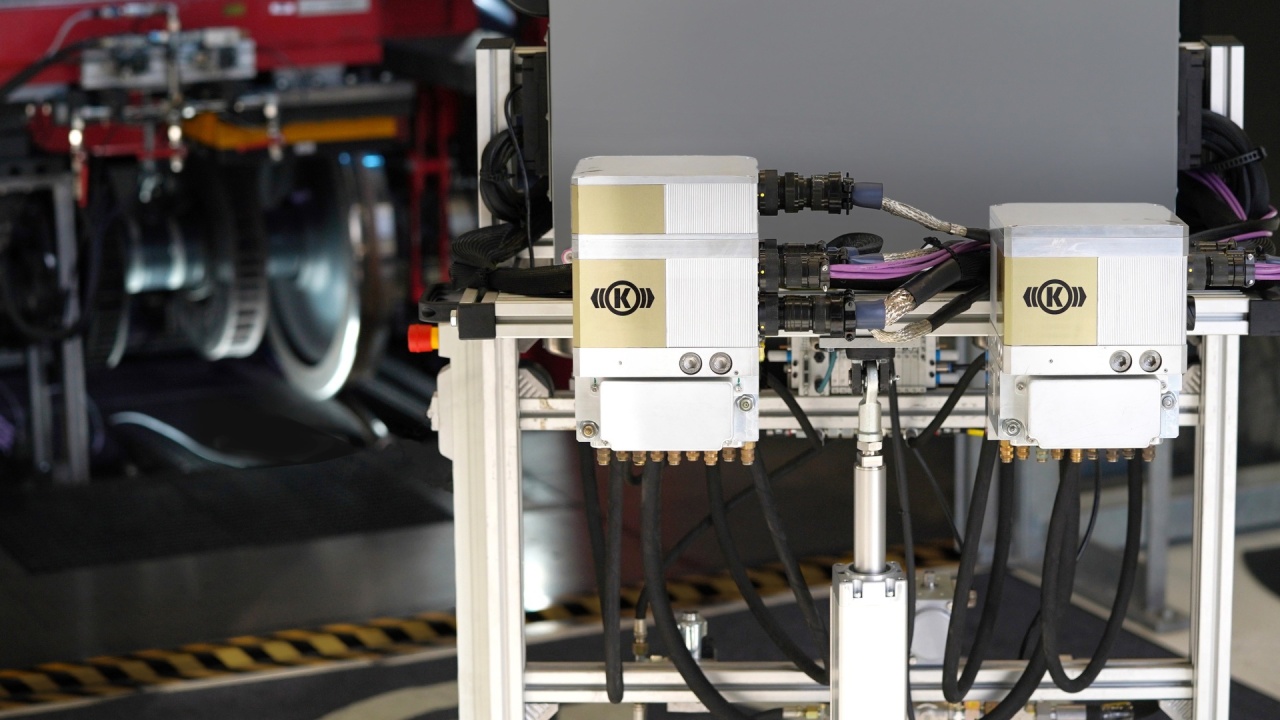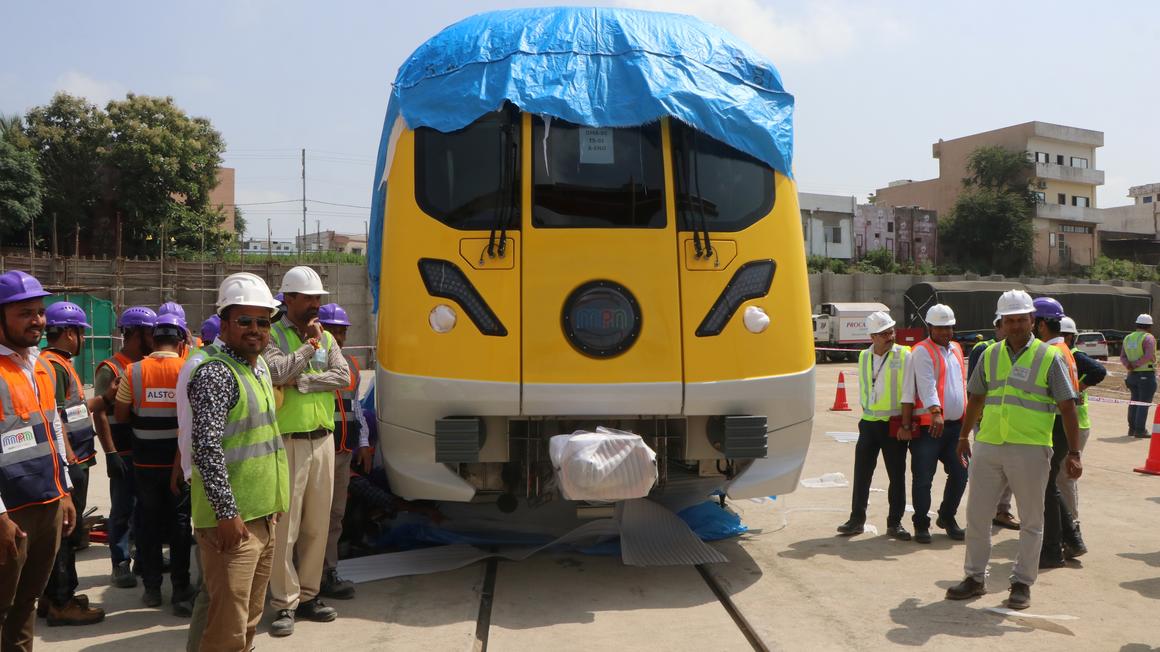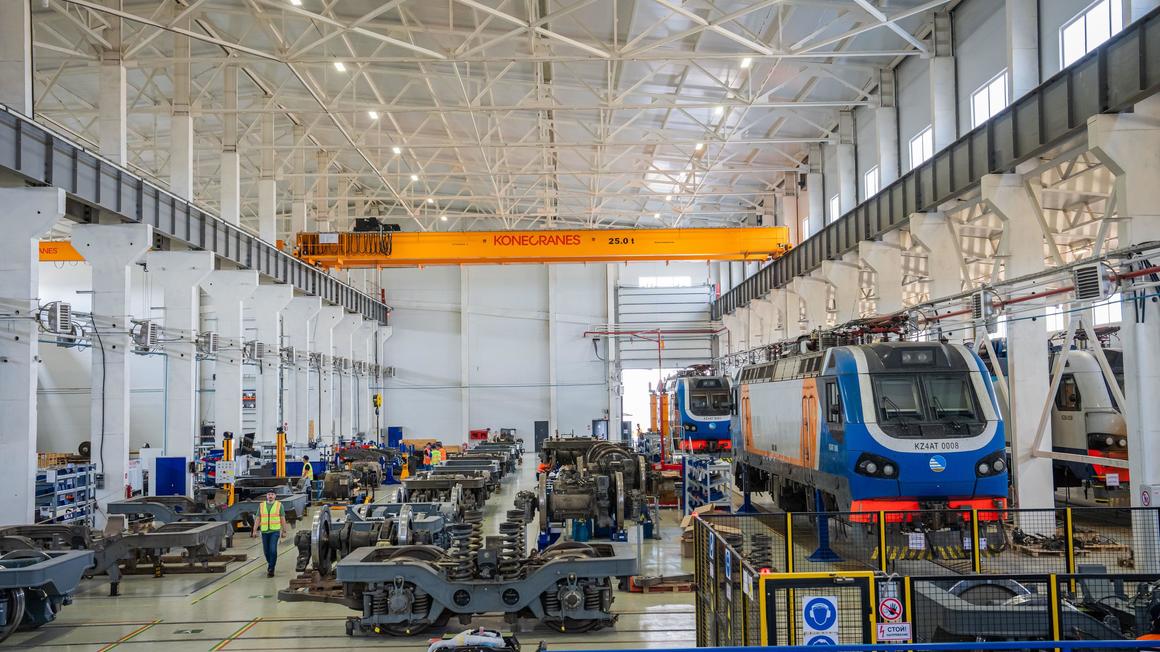Testing of the TGV M – the future INOUI TGV – has stepped up with the arrival of a second test train.
Tests have been underway on the French national railway network since June and will continue until the end of the year when the acceptance test phase begins.

SNCF Voyageurs has ordered 115 of the fifth generation TGV trainsets from Alstom’s Avelia Horizon range, at a cost of approximately EUR 3.5 billion Euros. These will be rolled out over ten years from 2025, with the first trains running on the Paris-Lyon-Marseille line.
Pre-validation tests began at the Velim site in the Czech Republic last December, and in March the high-speed train travelled to Vienna for climatic tests.
These enabled the train to be tested at extreme temperatures of between -20°C and +40°C. Its resistance to climatic constraints will make an active contribution to the objective of reducing the energy consumption of the future INOUI TGV by 20%.
A test train has been running pre-validation tests on the French national railway network since June, enabling the shunting, energy collection through pantograph, traction and braking functions to be assessed and validated. On 14 September, it ran for the first time at the maximum commercial speed of 320km/h.
In October the pre-validation tests will accelerate with the first runs of the second train. This will enable all the train’s safety equipment to be validated. The new test train is covered with two special liveries designed by SNCF Voyageurs and Alstom staff, and will be visible on the Sud Europe Atlantique high-speed line until mid-November.
Then, for the first half of 2024, admission tests will be conducted by an accredited body. From next autumn, the first four production trains will then run throughout the network as part of pre-operation tests. At this point, the future INOUI TGV will have completed 350 weeks of cumulative testing and covered more than a million kilometres before entering operation.
SNCF Voyageurs is modernising its maintenance centres to accommodate the fifth generation TGV. The Technicentre Sud Est Européen (TSEE), which welcomed the first TGVs in 1981, will be the first to support the new trainset.
EUR 300 million is being invested into its modernisation. More environmentally friendly, 64% of the TSEE buildings will be heated by renewable energy and 4,000 m² of photovoltaic panels will cover the car park roof.
The first phase of the work focused on adapting the two-track workshop to accommodate the future INOUI TGV. This was completed in July.
Alstom has also modernised some of its industrial process in response to the TGV project.
At its Belfort site, a new multi-purpose line dedicated to the new TGV power car has been created and at its La Rochelle site, a new assembly line for passenger cars. These have made it possible to reduce the sites’ footprints, resulting in lower electricity and heating consumption.
A TrainLab test laboratory has also been developed at the La Rochelle site, which is validating the TGV M via a digital twin.

















